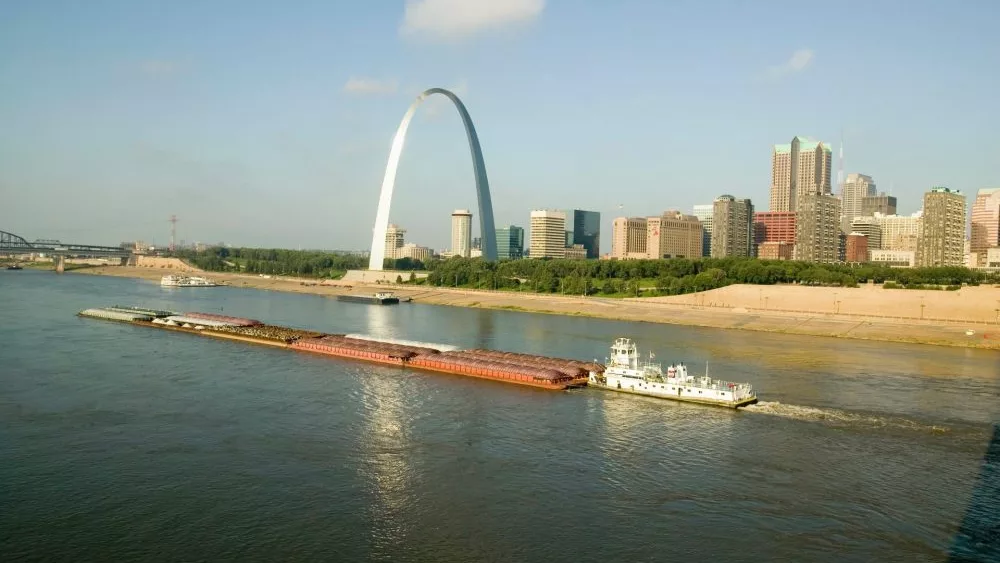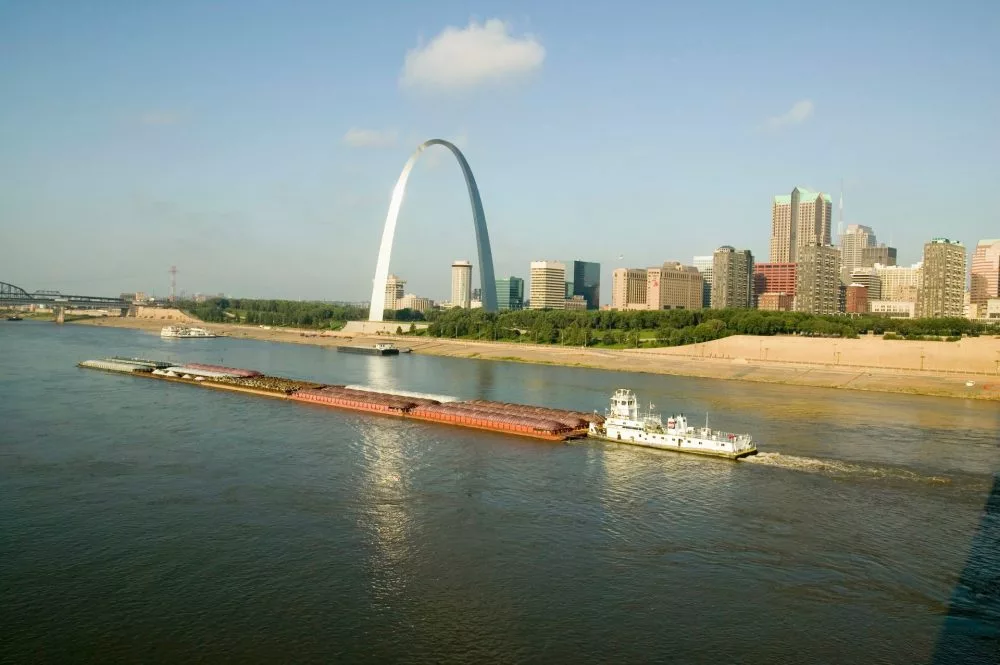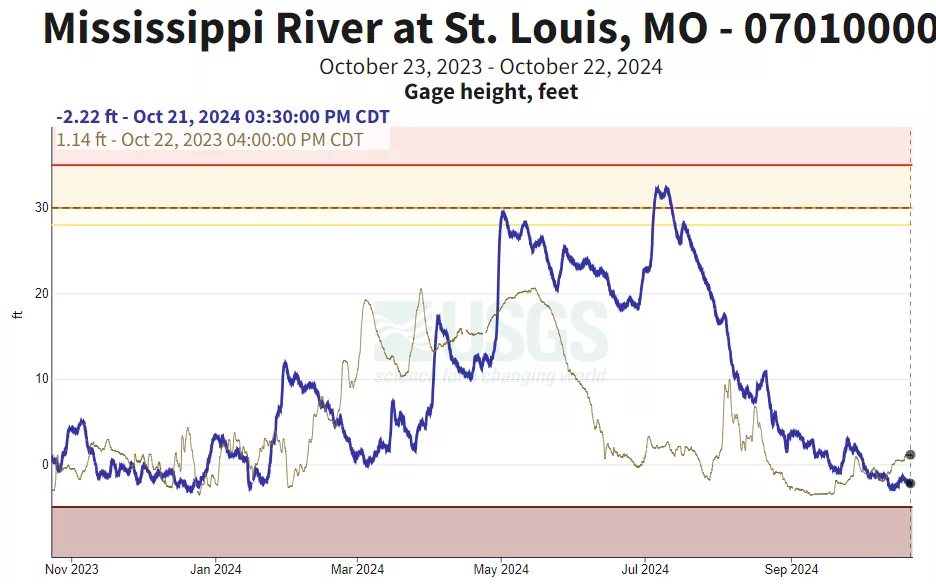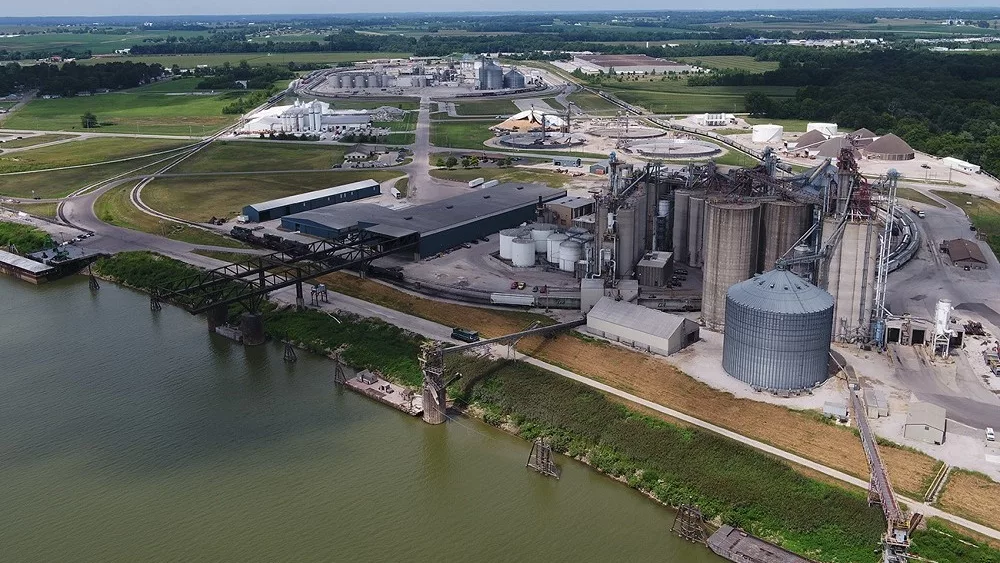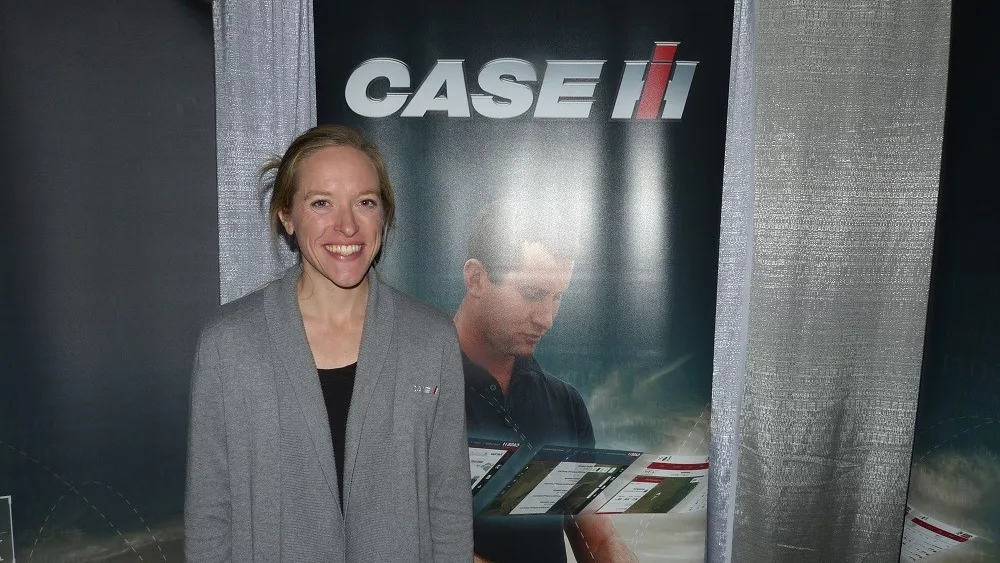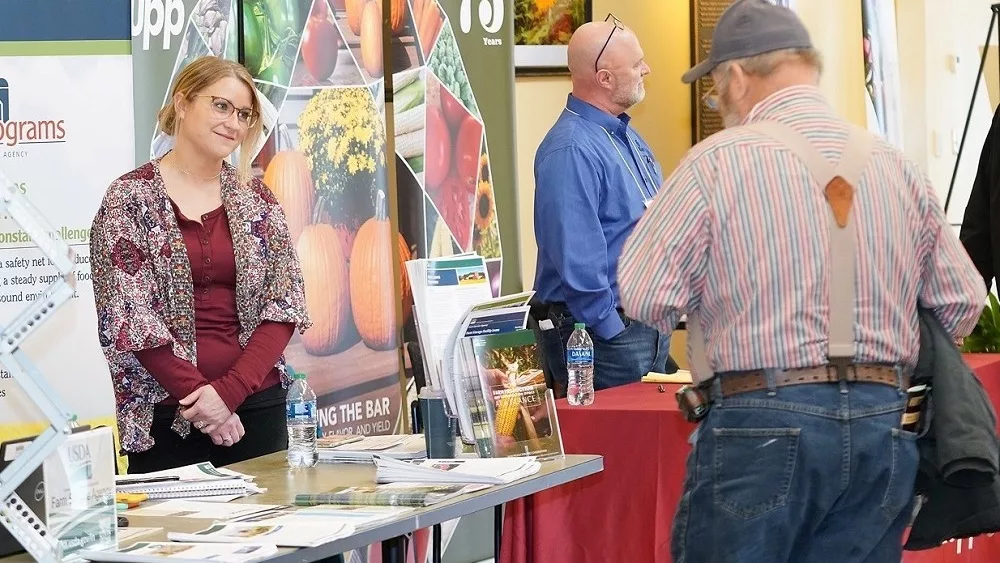For the third year in a row, we are experiencing an unwelcome three-peat with low water levels along the Mississippi River system during harvest season.
“We experienced low water in both 2022 and 2023 and now, once again, in 2024 when we need our supply chain to be operating at full throttle,” says Mike Steenhoek, Executive Director of the Soy Transportation Coalition.
The below charts from the U.S. Geological Survey compare water levels in St. Louis and Memphis in 2023 and 2024. Precipitation and water levels were quite robust during the spring and early summer. However, since mid-July, precipitation has declined significantly, which caused a steady and dramatic decrease in water levels.
There had been a short-lived 15-plus foot spike in water levels at Memphis due to Hurricane Helene. However, once that surge of water passed through the system, water levels at Memphis quickly returned to where they were earlier.
“For each foot of draft reduction on the river, an individual barge is loaded with 7,000 fewer bushels (200 tons) of soybeans,” according to Steenhoek. “In certain areas of the river, we are seeing several feet of draft restrictions due to low water. In addition, the lack of water will narrow the shipping channel, which limits the number of barges that can be attached together to form one single flotilla or tow. Depending on the location in the river, tow sizes are being reduced from 10-15% at minimum and upwards of 30-40%.”
Barge transportation has been economical because of the ability to load individual barges with significant volumes of freight while attaching many barges together to form a flotilla or tow. Unfortunately, low water conditions on the river attack both of these features.
“At a time in which soybean exports are confronted with numerous challenges, it is our hope that our supply chain can encourage profitability, rather than be one further impediment. Unfortunately, we continue to experience numerous supply chain challenges. Low water on the Mississippi River is one compelling example of this,” adds Steenhoek.
Source: Mike Steenhoek, Executive Director of the Soy Transportation Coalition.

